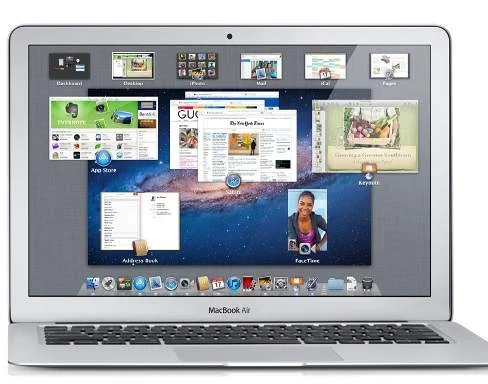Mac OS X currently runs on Intel-based x86 systems. However, it seems as if Apple has seriously considered the possibility of porting the popular operating system to ARM chipsets.
Indeed, according to a Delfte University of Technology paper spotted by iMore, Apple’s Platform Technologies Group kicked off a project in 2010 to port the OS X Darwin kernel to ARMv5 architecture – the same family of chipsets that currently powers iOS devices like the iPhone and iPad.

“The goal of this project is to get Darwin into a workable state on the MV88F6281 processor so that other teams can continue their work on this platform,” reads the paper.
“The project has three major milestones: Getting the buildsystem into shape so that it can build the kernel and kexts; building and booting the kernel into single user mode; booting the system into multi-user mode.”
As iMore’s Jack Perry points out, the project was only made public several months ago – and it remains unclear if the initiative is still ongoing. However, the author of the paper is now a full-time employee at Apple, where he works as a CoreOS engineer.
“[Remember], Mac OS X once ran on Power PC chips, yet Apple had it secretly running on Intel chips at the same time. It only makes sense for a company as forward thinking as Apple to have ARM-compatible builds of OS X in the development labs,” Perry explained.
“So while neither an OS X tablet nor an ARM MacBook Air seem likely, it’s interesting to see further evidence of Apple keeping the Mac platform nimble.”
Nevertheless, it should be noted that a number of recent reports indicate Apple has seriously considered moving from x86 chips to RISC-based ARM architecture for its laptop lineup. In May 2011, SemiAccurate’s Charlie Demerjian claimed Cupertino had already reached its decision, making the switch a “done deal.”
“Apple is moving the laptop line, and presumably desktops too, to ARM based chips as soon as possible. With A15/Eagle allowing more than 32-bit memory access, things look up, but it seems silly to do so before the full 64 bit cores come in the following generation,” said Demerjian.
“It is a done deal, Intel is out, and Apple chips are in. The only question left is if they will use their own core, a Samsung core, or the generic ARM black box. My bet is on generic for the first round, with a custom uncore, and moving to progressively more proprietary features with each successive generation.”
However, Silicon Valley chip expert David Kanter believes Apple won’t switch its laptops to ARM anytime soon. Yet, Kanter does acknowledge eventually unifying three major platforms (computers, tablets and phones) would make it far easier for developers to target Apple platforms.
“In some ways, this might be the most sensible, since expanding the iOS installed base would help Apple create a more attractive market for developers compared to Android and could facilitate tying the iPhone to other Mac products. [Remember], Apple has few attachments to x86 and would not hesitate to shift to a better alternative,” Kanter wrote in a RealWorldTech analysis.
“[Yet], there are no ARM designs [to] meet Apple’s needs for performance and efficiency in the next two or three years. Even if there was, it is hard to see how such a design would be substantially better than AMD’s offerings. Over 5-10 years though, many of the technical and business hurdles may change. The ARM ecosystem is moving forward at a rapid pace, and Apple is watching carefully.”
Kanter also opined that Cupertino may be planning to design a hybrid x86-ARM system at some point in the near future.
“There are a number of ways putting ARM near a computer could be quite interesting and valuable… For example, Apple could include an ARM core in future notebooks for ‘instant-on’ web browsing while the computer is booting – something done in certain Dell and HP models. A [further] extension of that idea would be an update to OS X with an iOS emulator and maybe a co-processor for future hardware,” he added.






